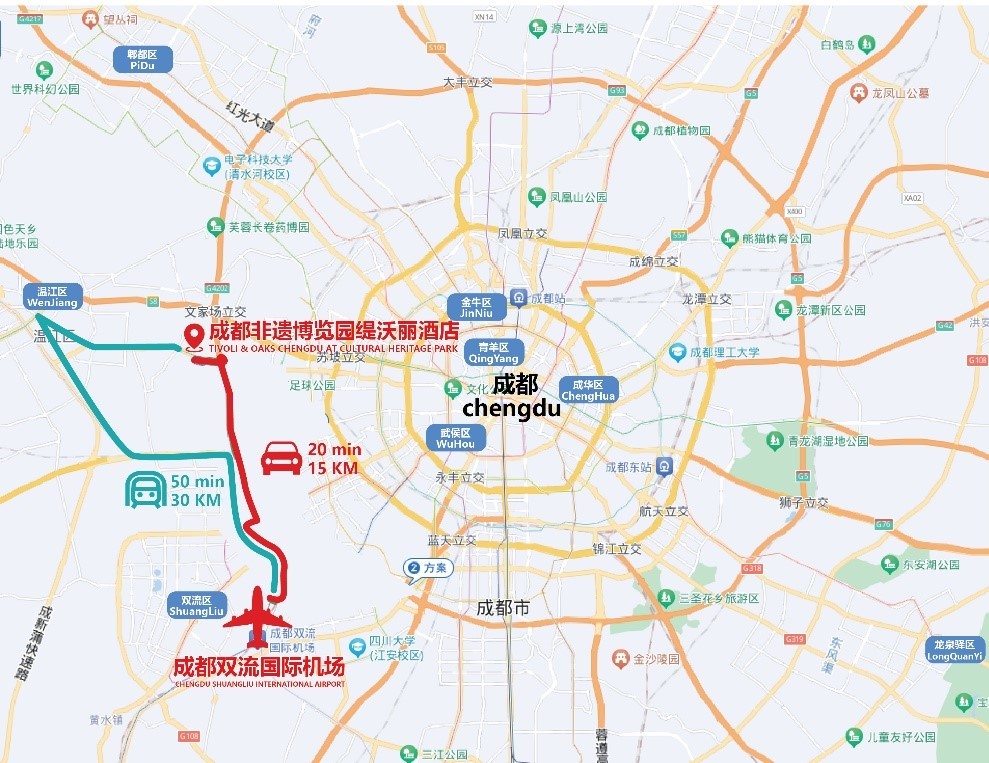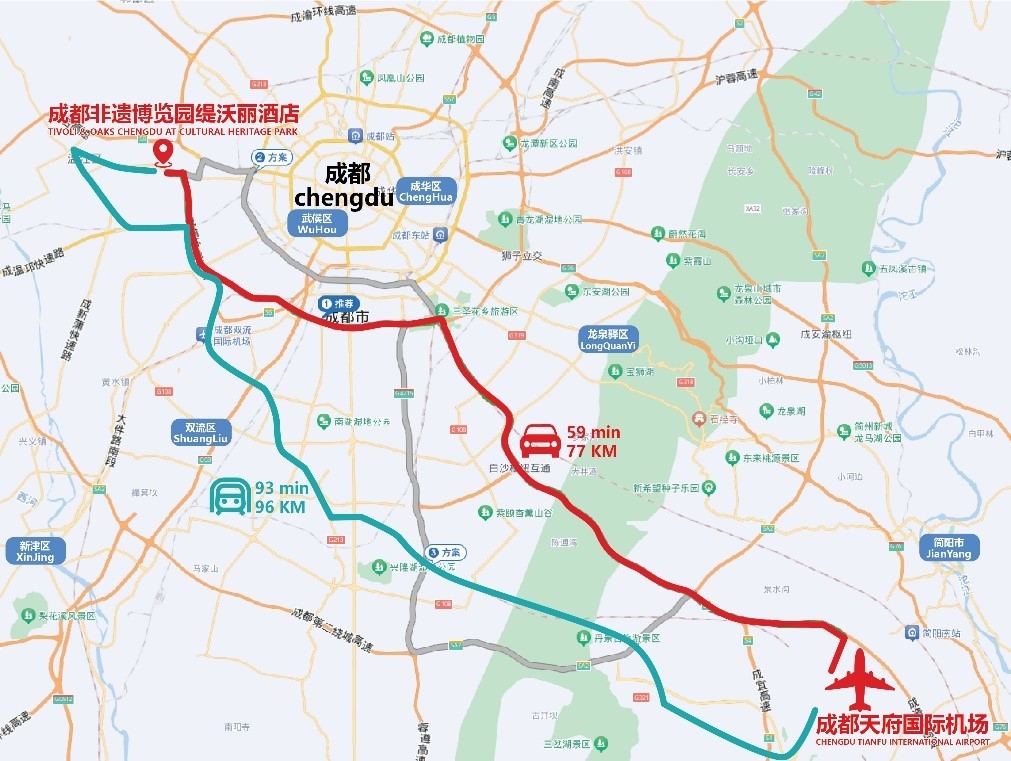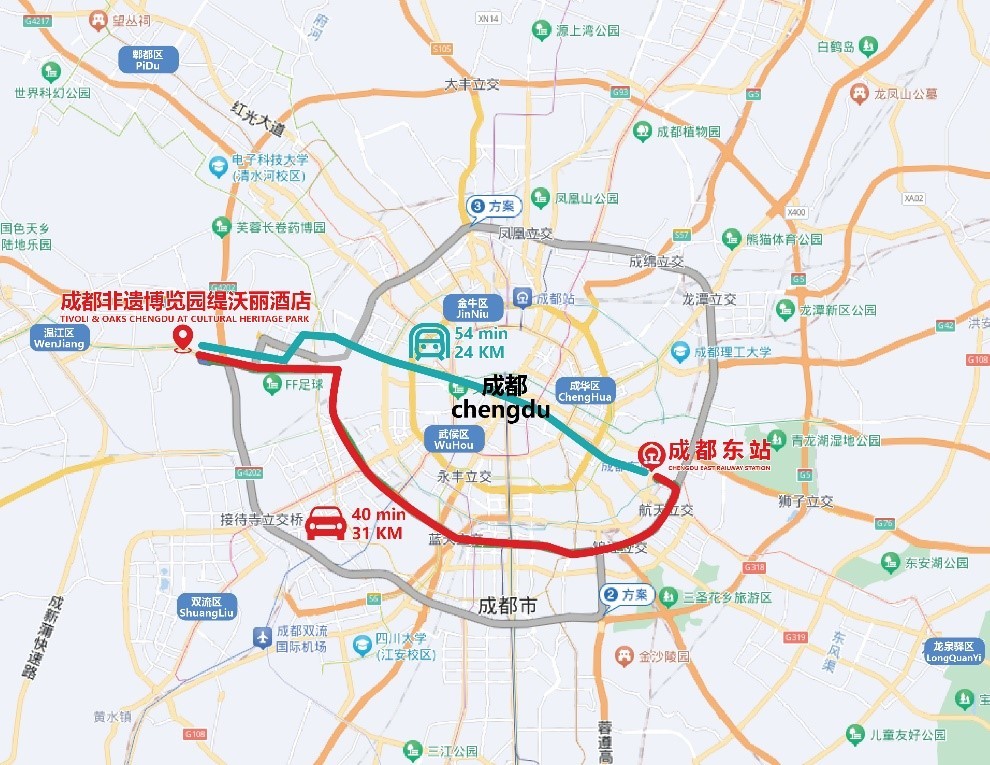Transportation & City
Travel information






Chengdu

Shu Embroidery

Dujiangyan Dam

Chengdu Research Base of Giant Panda Breeding

Chengdu food

Face changing

Sanxingdui Ruins

Jinsha Relics Museum

Chengdu Characteristics
Introduction about Chengdu


Chengdu, the capital of Sichuan province, also known as the "Land of Abundance" and "Capital of Recreation" , is the only famous historical and cultural city in China with both of its name and location unchanged for over two thousand years. It is located on the westernmost edge of the Sichuan Basin and situated on the vast Chengdu Plain.It experiences humid subtropical climate that is influenced by monsoons and an annual temperature of 16.5-17.9℃.




